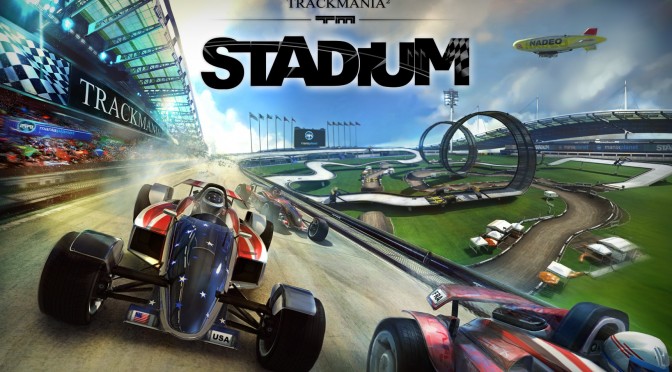
While it never quite caught on in the US, Trackmania was always at European competitions and conventions. Nadeo was also an early proponent of e-sports. You could stick to the single environment servers, of course, but the allure of switching from the almost realistic handling of Coast to the bouncy chaos of City to the pure speed of Island, all on player created tracks you’d never seen before, was irresistible. This was made even deeper and more diverse by allowing servers to run multiple environments, changing each round. The combination of user made tracks and multiple environments allowed for a tremendous depth of experience. Those different cars handled differently, meaning that Nadeo was able to explore different styles of arcade racing over the course of their games. Each entry centered on new “environments”, with each environment consisting of new physical locations and art styles coupled with a car type for each one. Starting in 2003, with the first Trackmania, Nadeo released a steady procession of games in the series.
#Trackmania 2 stadium vs canyon mod#
Less mod than toybox, anyone can complete it.
#Trackmania 2 stadium vs canyon code#
There’s no code or any complexity beyond testing a track after it’s made to make sure it’s able to be completed. More importantly, because of its toolbox nature, the editor is simple to use. The track editor is remarkably robust, relying on simple block placement to create all manner of tracks which, because of the series’ loose relationship with real world physics, can be completely nuts. The link between Trackmania and those older arcade racers is solidified by Trackmania’s main selling point, its track editor.

The titles are arcade racers which hark back to an older era, one where Excitebike and RPM Racing were still gold standards of fun, creativity, and financial success. There simply isn’t a racing experience on PC quite like Trackmania 2’s three games (this is confusing and I’ll explain shortly) other than another Trackmania game.


 0 kommentar(er)
0 kommentar(er)
